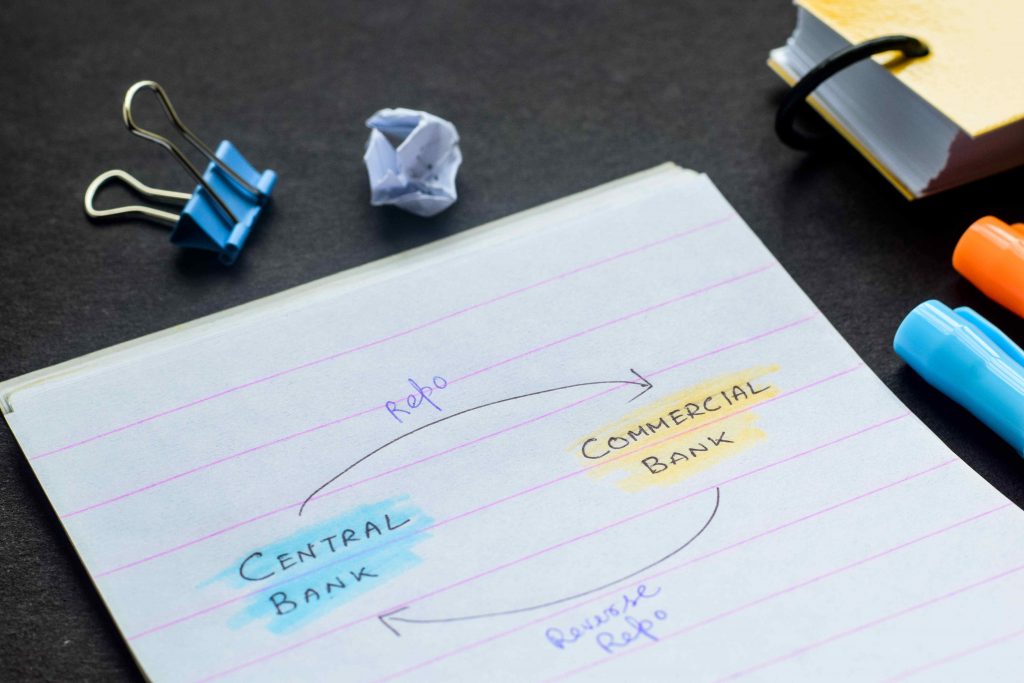The South African Reserve Bank (SARB) is responsible for setting the repo rate, which is the rate at which commercial banks can borrow money from the central bank. The repo rate plays a significant role in the economy, as it affects interest rates throughout the financial system.
It increased by 50 basis points on Thursday. This means the rate went up by more than 300 basis points since the end of 2021, bringing the repo rate to 7.75% and the prime lending rate to 11.25%. In this article, we will explore the effects of the SARB repo rate on the South African economy.
How the SARB Repo Rate Affects Consumers
The SARB repo rate has a direct impact on the interest rates that consumers pay on their loans and mortgages. When the repo rate is increased, commercial banks are likely to raise their interest rates to maintain their profit margins. This makes it more expensive for consumers to borrow money, which can lead to a decrease in consumer spending and a slowdown in the economy.
On the other hand, when the repo rate is lowered, commercial banks are likely to reduce their interest rates, making it more affordable for consumers to borrow money. This can lead to an increase in consumer spending, which can stimulate economic growth.

The Impact of the SARB Repo Rate on Businesses
The SARB rate also affects businesses, particularly those that rely on borrowing to finance their operations. When the rate is increased, businesses are likely to face higher borrowing costs, which can reduce their profits and investment in new projects.
Conversely, when the rate is lowered, businesses may be more inclined to invest in new projects and expand their operations. This can lead to job creation, economic growth, and increased consumer spending.
The Effect of the SARB Rate on Inflation
Inflation is the rate at which prices for goods and services increase over time. The SARB rate can have an impact on inflation. This is because it affects the cost of borrowing money and the availability of credit.
When the repo is increased, borrowing becomes more expensive, and the supply of credit may decrease. This can lead to a decrease in consumer spending, which can help to reduce inflation. When it is lowered, borrowing becomes cheaper, and the supply of credit may increase.
This can lead to an increase in consumer spending, which can stimulate economic growth but may also lead to an increase in inflation.

Read More: What Happened During March FOMC Meeting?
Employment and the Repo
The rate can also have an impact on employment. When interest rates are low, businesses can access credit more easily and may invest in new projects, leading to job creation. Conversely, when interest rates are high, borrowing becomes more expensive, and businesses may cut back on investments, leading to job losses.
The repo rate can also influence the exchange rate, which can impact employment in export-oriented industries. A weaker exchange rate may make exports more competitive and boost employment in export industries.
Final thoughts on The Effects of The SARB Repo Rate on the Economy
In conclusion, the SARB repo rate plays a crucial role in the South African economy. It affects consumer spending, business investment, and inflation, and can have both positive and negative impacts. As such, the SARB must carefully consider the state of the economy when setting the rate. This is to ensure that it is promoting economic growth while also keeping inflation in check.
